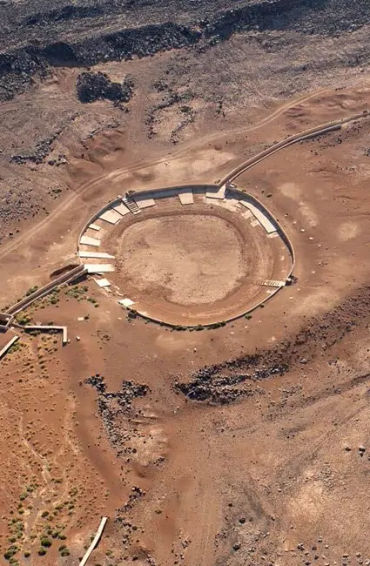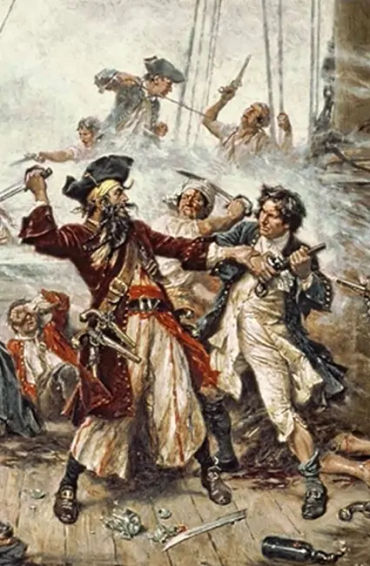
The world's oldest DAM is situated in Jordon.
Jordan is home to the world's oldest dam. The Jawa Dam was the first dam to be built, and it was built in 3,000 BCE in the driest areas of Jordan's Black Desert.


